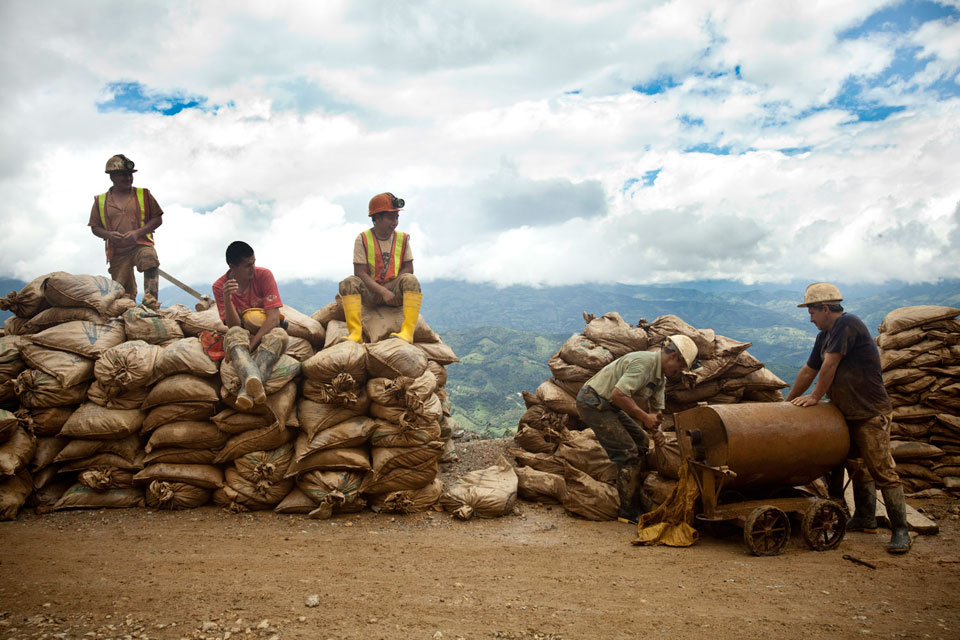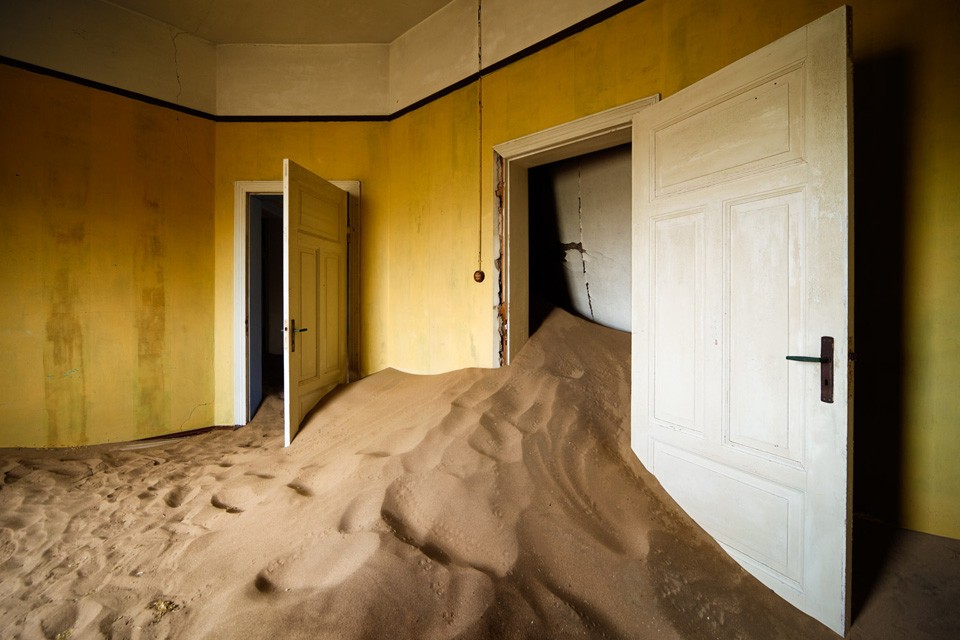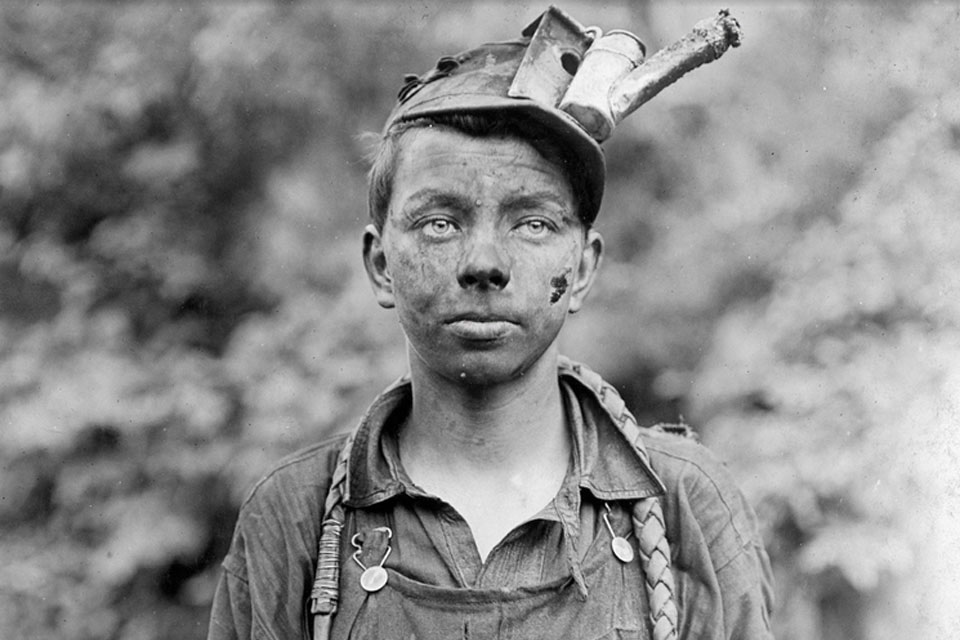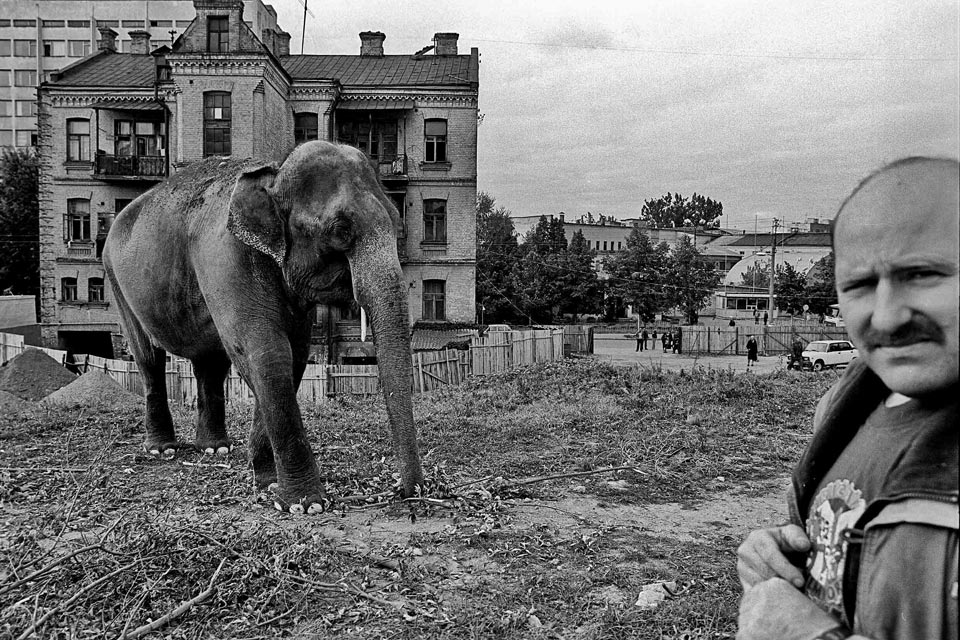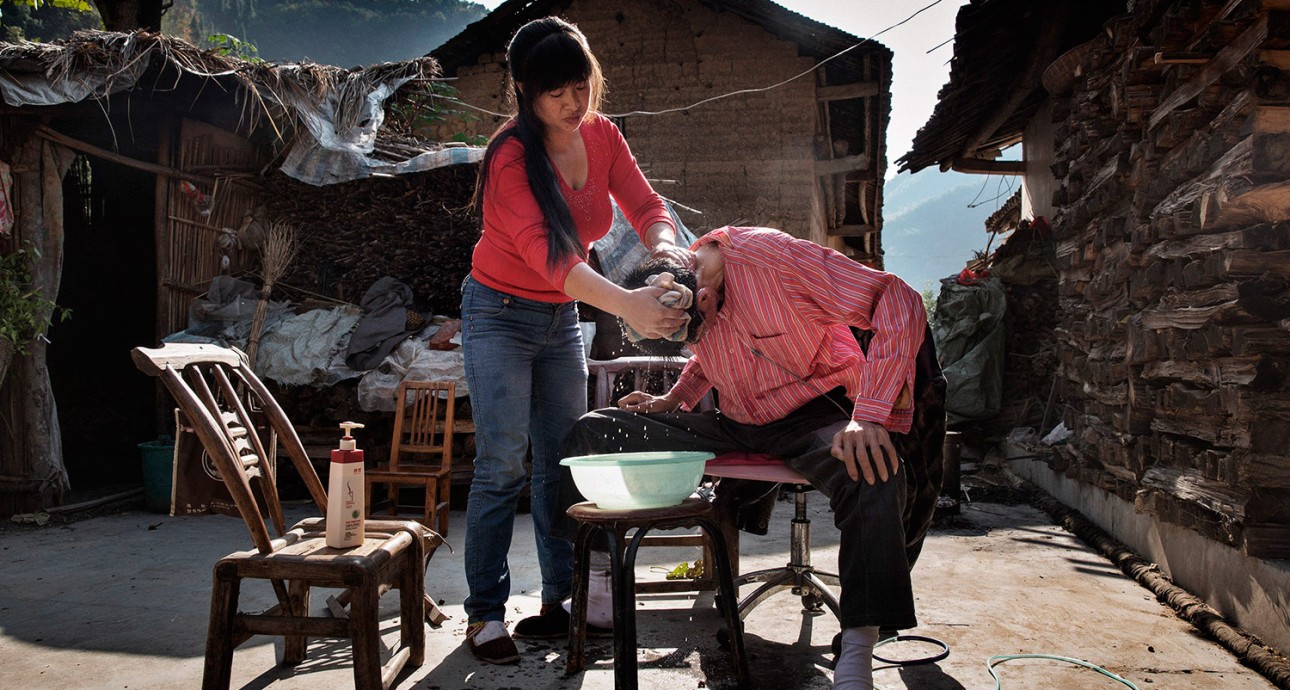
You Can’t Cure Silicosis, but You Can Live with It: A Story of a Chinese Gold Miner in Sim Chi Yin’s Project

Born in Singapore, lives in Beijing. Documentary photographer, member of VII Photo Agency. Published her work in TIME, The New York Times, The New Yorker, National Geographic, Le Monde, Newsweek, Vogue USA, GQ France, Financial Times Weekend Magazine, New York Times Sunday Magazine, and Stern. Before starting her career as a photographer, worked as a journalist in The Straits Times for 9 years. In 2010, received a Photography and Human Rights scholarship from the Magnum Foundation to study in New York University. In 2013, the Dying to Breathe project was shortlisted for the W. Eugene Smith Grant in Humanistic Photography.
A fellow journalist introduced me to Mr. He. He was writing about the gold industry in China and found former migrant miners. In the early years of industrialization Mr. He, like many other uneducated villagers, went to work in gold mines looking for the big money. Owners of private mines did not offer payslips and did not care much about labor conditions. Bad ventilation and the use of rudimentary paper or cotton masks in the mines caused 6 million workers all over the country to suffer from silicosis, while the absence of proper paperwork has left the workers without access to state-sponsored health care.
Silicosis is the most common occupational disease in China. Silica dust in the gold mines causes lung fibrosis.
After an incubation period of 10 to 15 years, lung tissue starts slowly turning into rock
Two or three years after that, if a person who suffers from silicosis does not succumb to tuberculosis or simple flu, they die from slow suffocation. Many people commit suicide, as they don’t feel they are strong enough or rich enough to fight till the end. And the end is inevitable, as there is no cure for silicosis. You can live with it, though. It is like diabetes. In Australia, the US or the UK life expectancy of silicosis patients is 60-70 years. All you need is fresh air, good food, regular medical check-ups, no stress, and moderate physical activity. However, these are not the things a Chinese miner can afford.
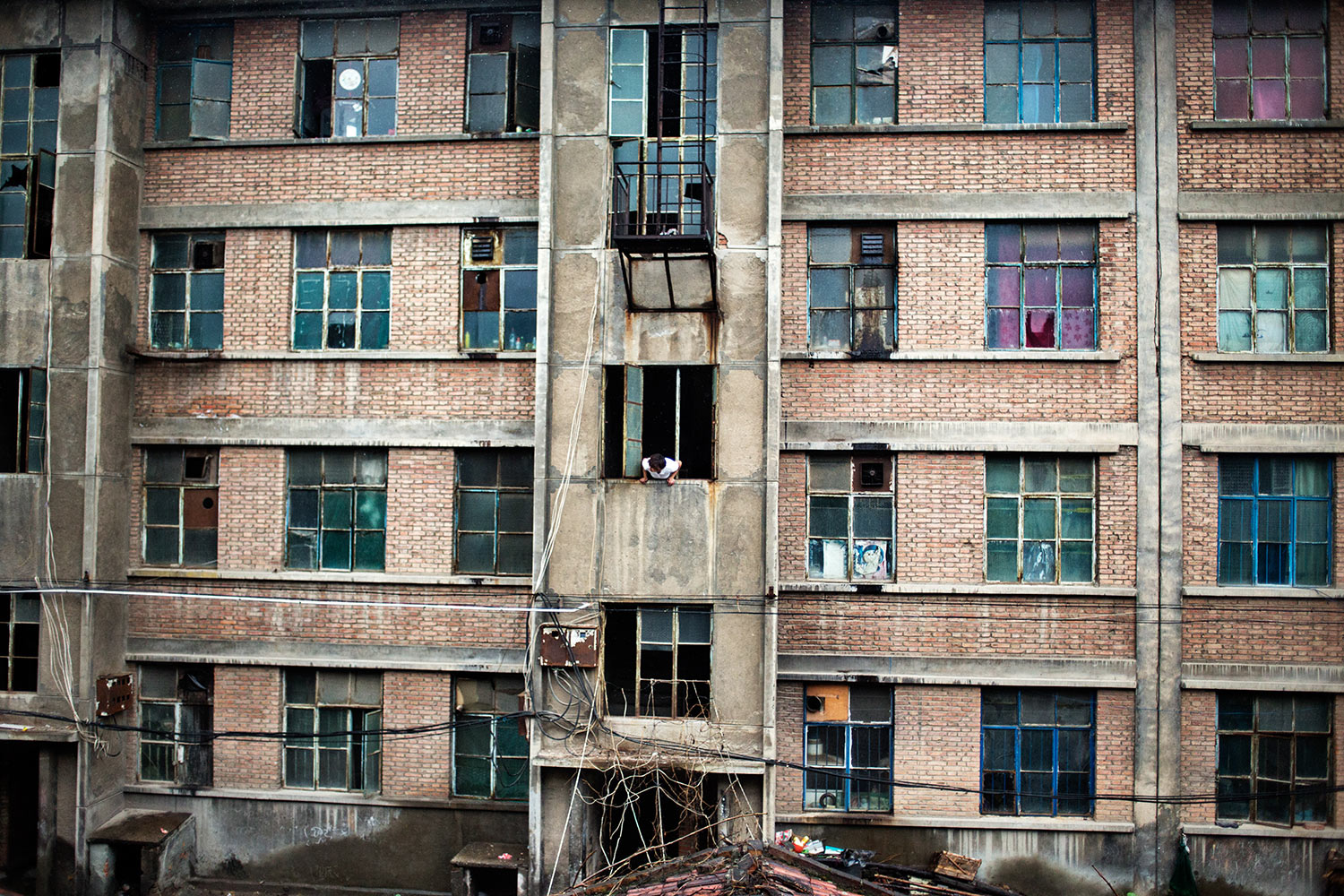
When I first met Mr. He and his family — his wife, son, and father — he has lived with the disease for 6 years. He was not very welcoming. He already talked to several journalists by that point, so he didn’t say much. Nevertheless, I stayed with the family for a week. I chitchatted with them, drank tea, slept above the fruit stall they ran, and took photographs. I think they were impressed that I stayed with them. Unlike other journalists, I did not just come and leave. It was difficult for them to understand me.
It was an amazing family. They were all very close and supportive to each other. Mr. He’s wife and son were always catering to every single need of Mr. He. I was especially touched by the relationship of Mr. He and his wife, Mi Shixiu.
They were like children: they would cuddle each other, play with each other, and spent a lot of time with each other. I very rarely see it in other Chinese couples.
At the end of the week, looking through the photographs, I was disappointed: they turned out to be very undramatic. In them, Mr. He was just sitting around all day, and his family were taking care of him. So I postponed the project.
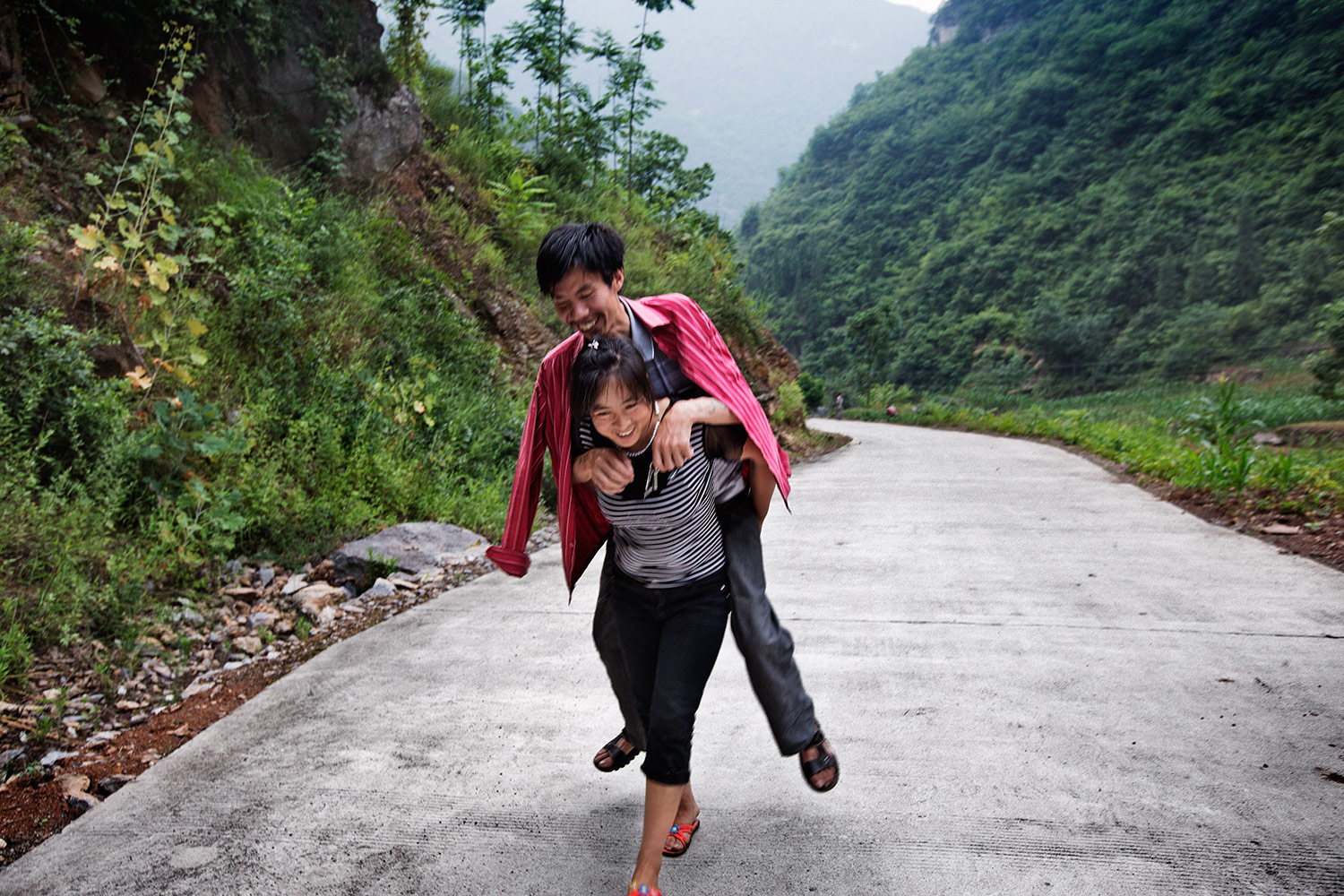
Five months later, Mr. He’s wife called me. She was crying on the phone and asking me for help. Mr. He was dying. I contacted a friend who set up an NGO which dealt with silicosis patients in China. He placed Mr. He in a hospital that their organization has been working with. I needed to accompany Mr. He and his brother-in-law to the hospital.
When the doctor saw Mr. He’s X-rays, he said it was a miracle he had survived the trip.
Mr. He couldn’t walk and he could barely breathe. He had big air bubbles in his chest cavity and these air bubbles were pressing on his lungs. They needed to be removed. Mr. He’s brother-in-law and I were called to doctor’s office a couple of times to sign an indemnity form to exonerate the hospital of any responsibility, should he die from the treatment. It’s done for very, very ill people, for those who’re in danger of dying. After Mr. He’s wife arrived I felt relief, as from then on she was the one taking the responsibility.
Looking through the pictures taken in the hospital, I convinced myself that the story of Mr. He should go viral. All this physical drama allowed it to open up visually. Although it is specific to one family only, and very specific to China, the story overall is a portrayal of any worker dying of silicosis.
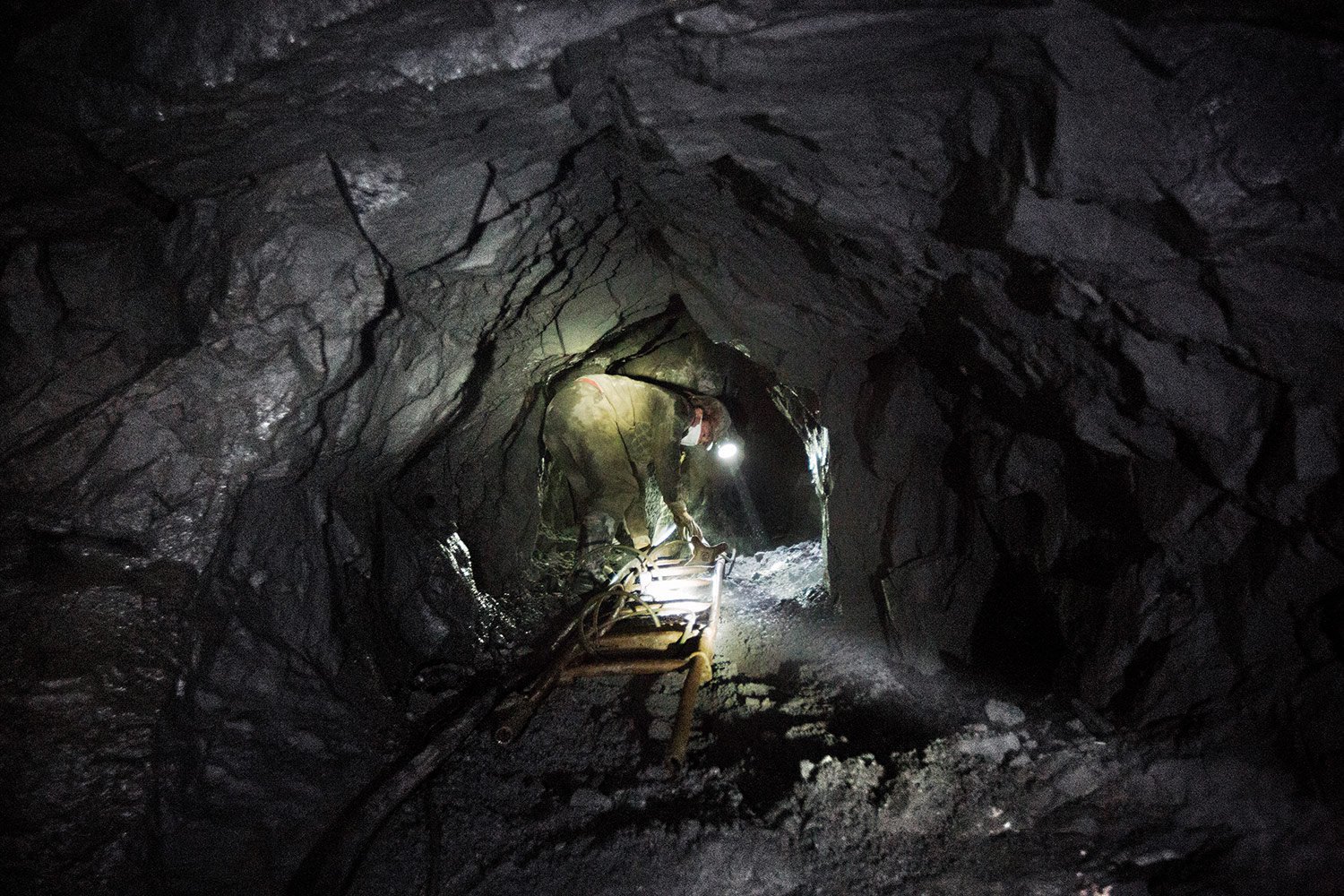
The extraordinary measures taken by the doctors have won Mr. He some time. During the following three and a half years I was a frequent guest at his home. Sometimes he felt better, mostly — worse, but his family took care of him. Meanwhile, I kept working on his story, hoping to fundraise for his treatment by publishing it.
The most important thing was to get the government to listen to us. Make the authorities address the silicosis problem. The authorities have actually made some improvements over time, but for now they mostly work on paper. And this was not enough. So, Mr. He and I decided to be proactive. His video address to the president, which we filmed several months before his death in August 2015, was widely shared on Chinese social networks.
It was all Mr. He’s idea. You know, it’s a typical Chinese mentality: “If the emperor only knew of my problem, surely he would try to solve it.”
For months, I’ve listened to him tell stories about how he’d go to Beijing and protest on Tiananmen Square, and demand that the president see him. And how he’d blow himself up right there if he fails. I was trying to convince him that he was just being stupid. And then one day I had a sudden thought that something might come out of it. This is how the video came to life. We had 7 or 8 takes on it, before Mr. He was finally satisfied with the result. He understood there could be consequences, but he said he had nothing to lose.
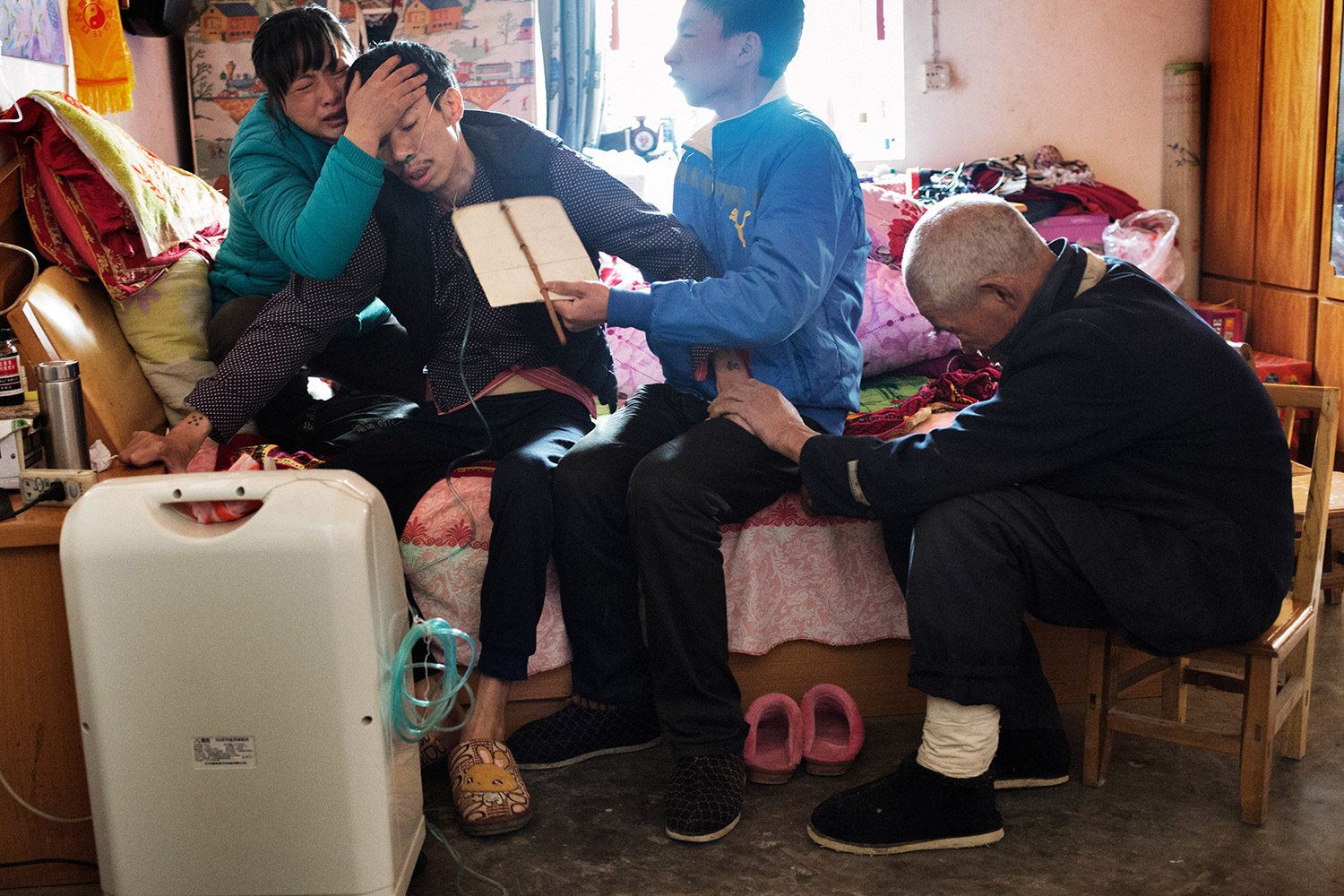
Several months later Mr. He passed away. We didn’t say goodbye. Every time when he thought he was going to die, and I wasn’t there, he wrote me a text message. He thanked me for everything I did for his family, and regretted he was probably not going to live to see me again. At the same time, he was glad that he got to see at least some of the results of our work together, which prolonged his life.
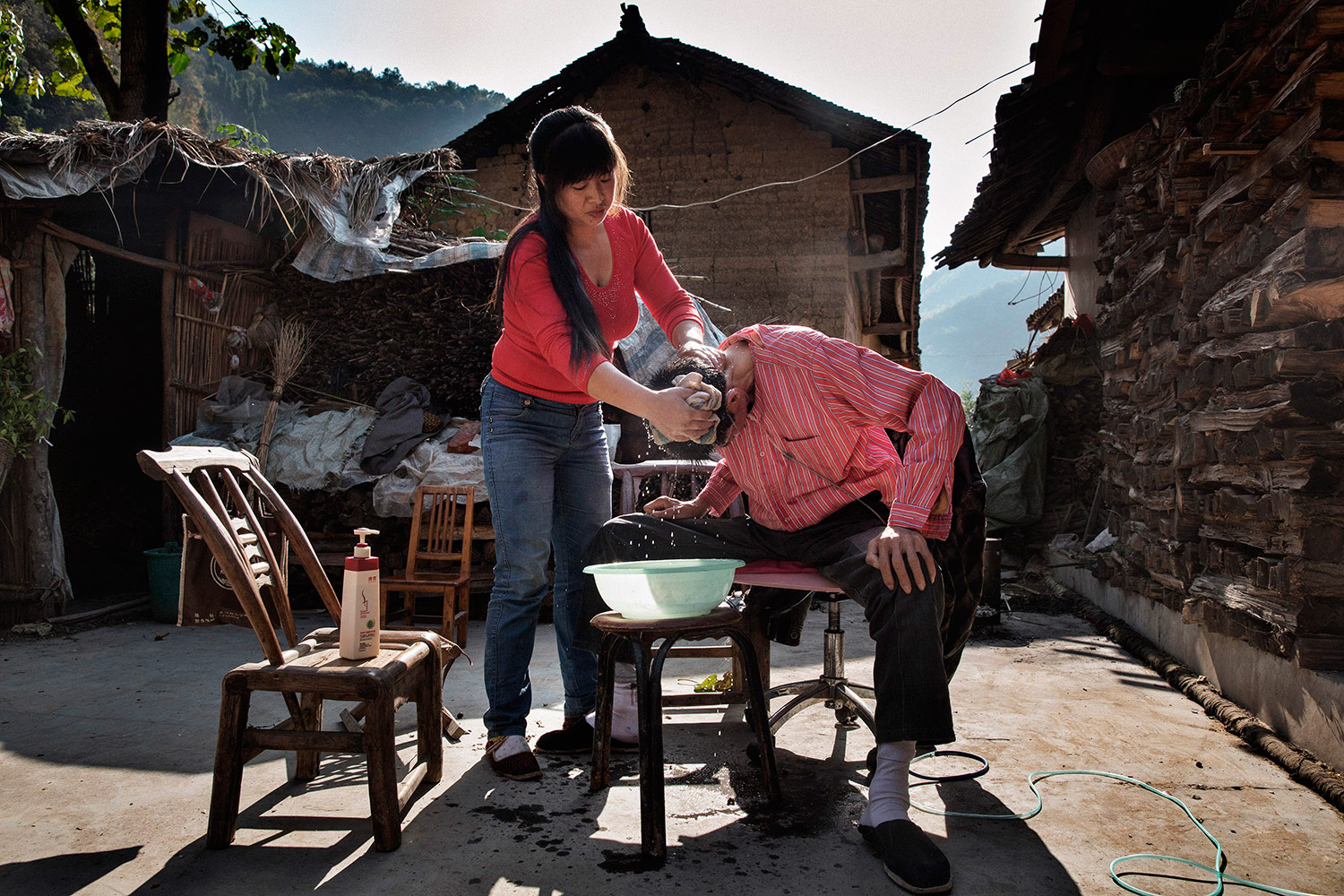
New and best
